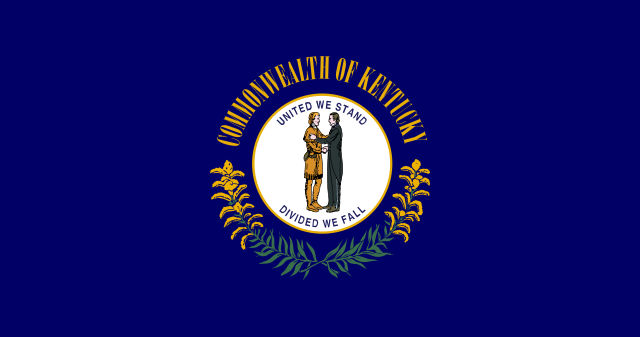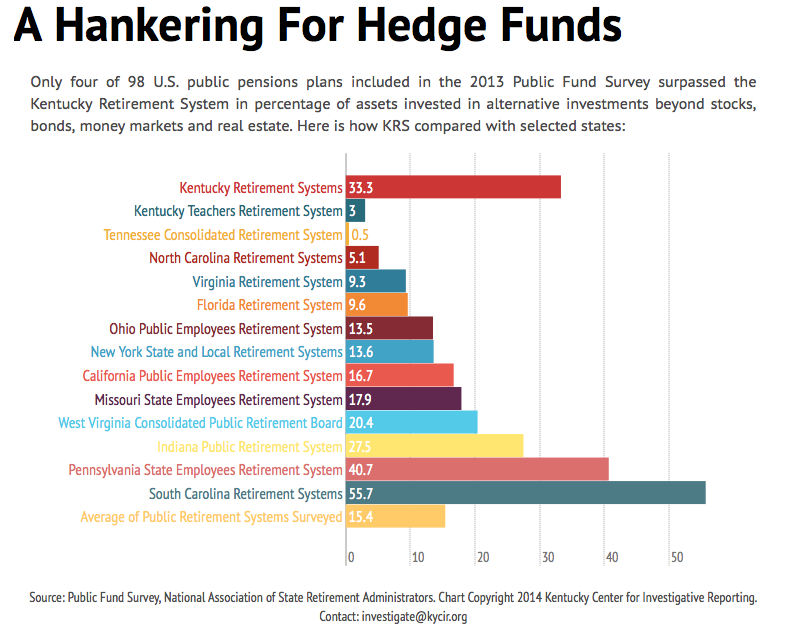Kentucky Retirement Systems officials met with lawmakers on Monday as they presented the findings of an internal study to the Pension Oversight Board.
The study examined how KRS investment performance stacks up with other, similar funds.
Officials said the study indicated that the system’s investments were performing at rates that lagged behind their peers as well as the system’s own assumed rate of return.
More from the Northern Kentucky Tribune:
The 10 peer states–Indiana, Kentucky, Louisiana, Maryland, Massachusetts, New Jersey, Rhode Island, South Carolina, Virginia, and West Virginia–were chosen for the similarities in their investment mixes. But even through this seemingly narrow frame of reference, Kentucky still lingers at the bottom of the list: the state’s investments are returning at a 6.8 percent rate compared with list-topping Louisiana, whose investment spread is paying off at an 8.3 percent rate of return.
Though Kentucky legislators have set a target 10-year return rate of 7.75 percent for their investments, Cracraft cautioned the Board that none of Kentucky’s peer states have consistently met that target, nor have any of the 44 states with similar pension plans.
[…]
Measuring investment outlooks at one, three, five, and 10 year forecasts, KRS returns lagged behind other plans at nearly every turn.
KRS’ particular mix of investments has less investment in U.S. equities than the others, with 10.6 percent in hedge funds, 11.2 percent in private equity, 2.9 percent in real estate, and 9.8 percent real funds.
Cracraft said allocations to hedge funds is a trait shared by the six lowest performers.
“The takeaway here for me and the group of staff,” said Cracraft, “was that when compared to plans we feel are taking a similar approach, while KRS appears to be slightly below, it’s performing in line with the group.”
Pension officials also reported a piece of sobering news: if investment performance stays flat for the rest of the fiscal year, the system will lose $168 million in assets.

